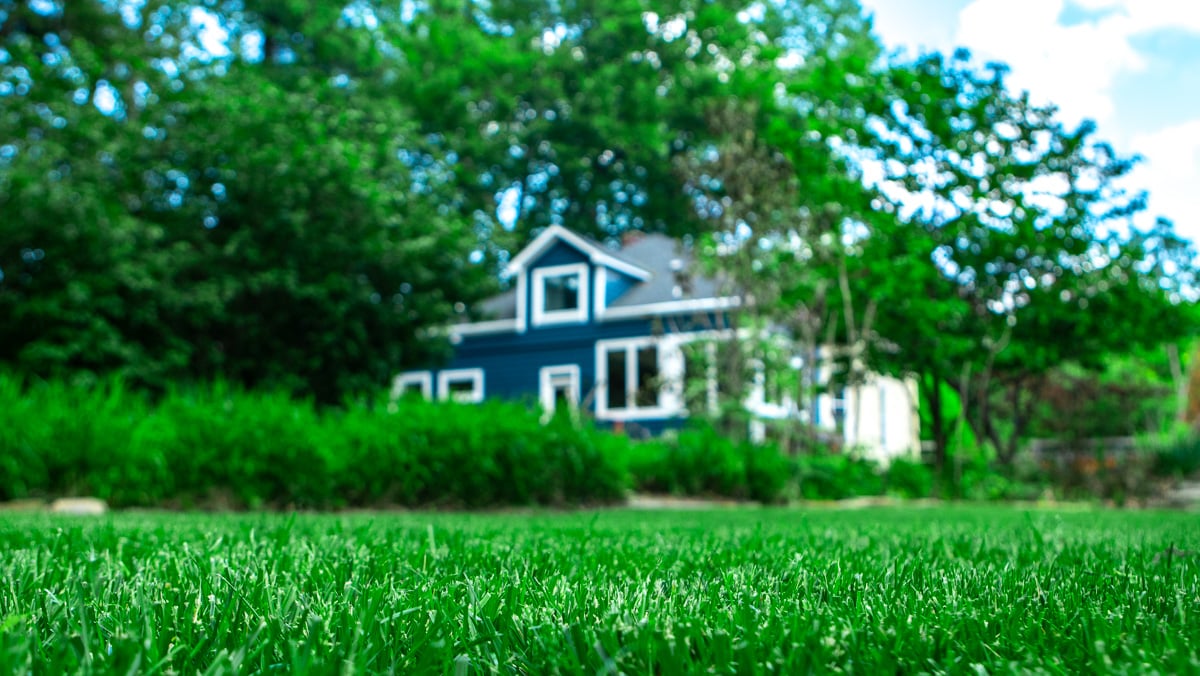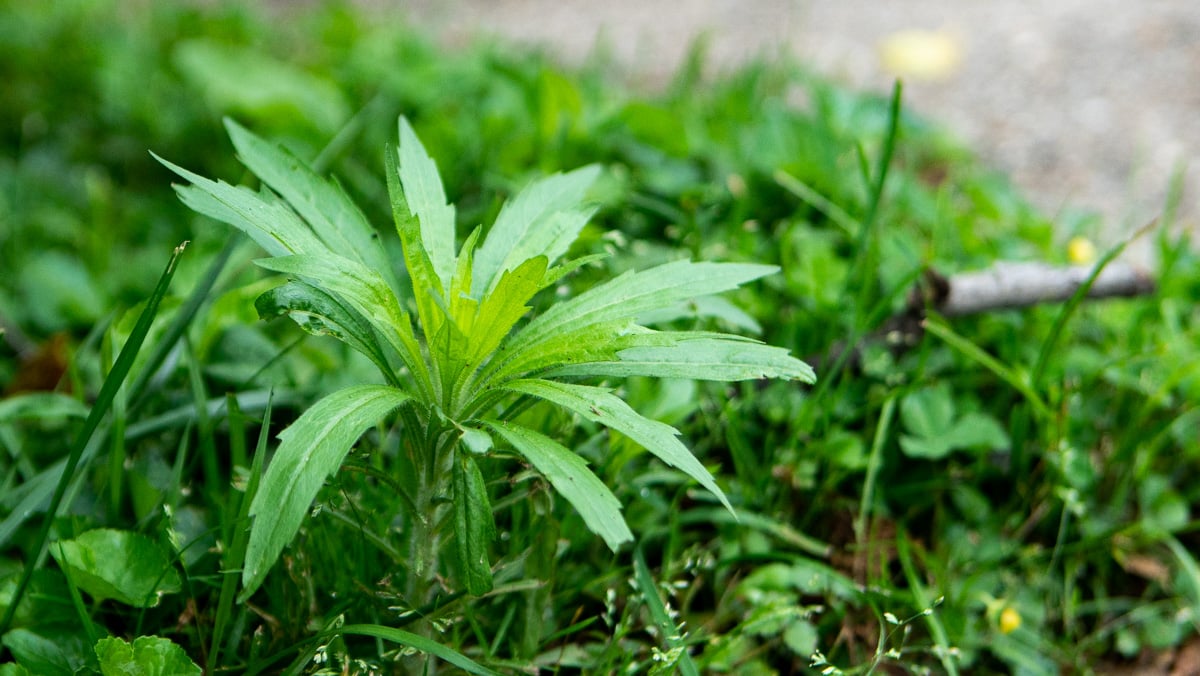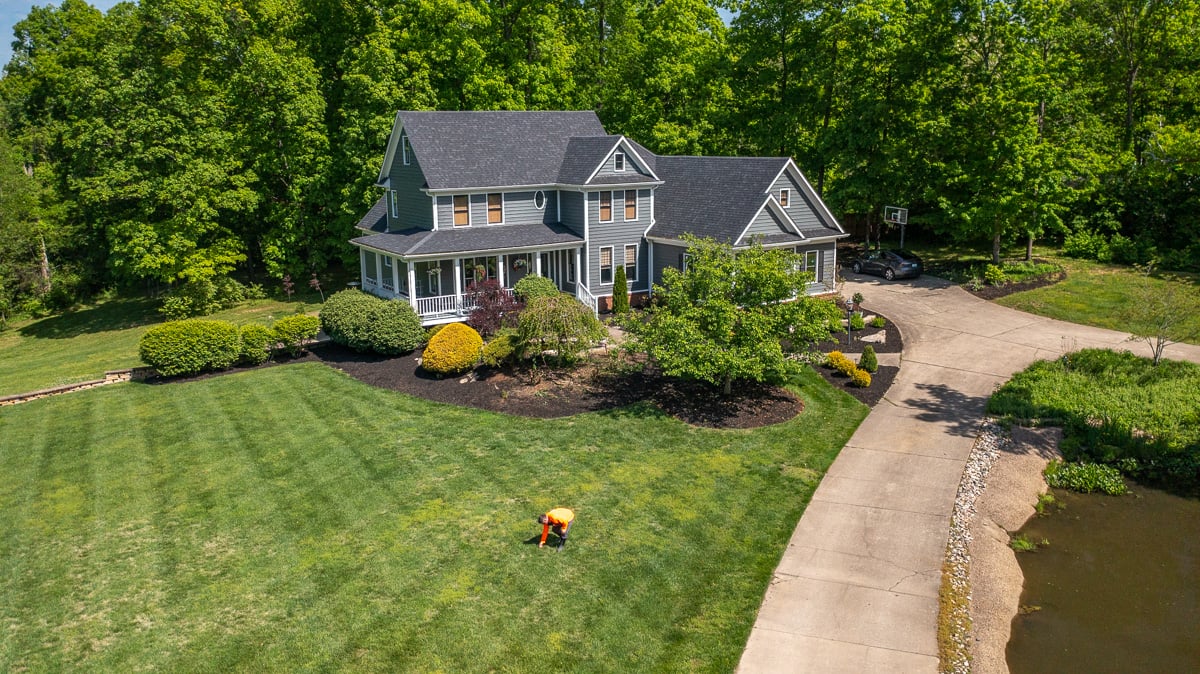

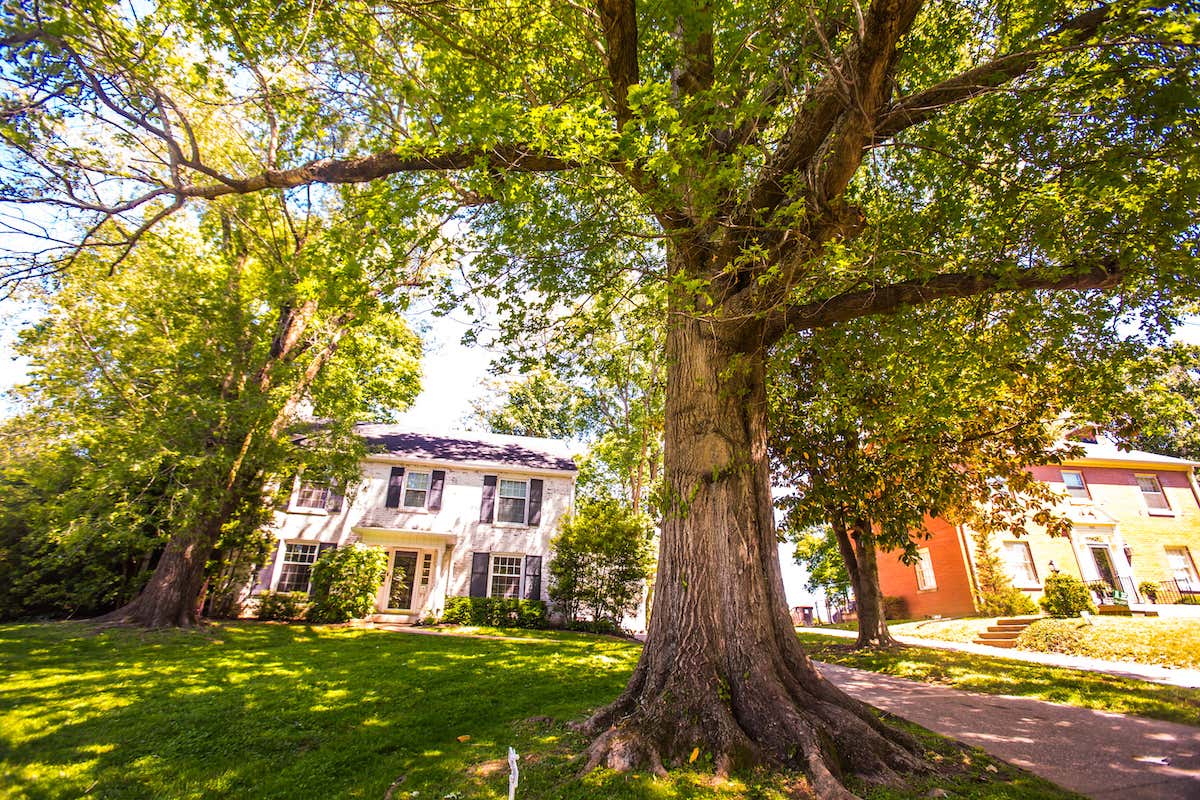
When it comes to a healthy and thriving lawn, grass diseases are a major frustration for Louisville homeowners.
Unfortunately, just like us, lawns are at risk of getting “sick” and developing problems. The trouble with lawn disease is that it can spread rapidly and potentially harm your grass.
In this article, we’ll talk about some of the lawn disease signs that you should be aware of. A quick response to potential problems is always your best course of action.
First and foremost, we want to explain that all lawns can wind up getting a lawn disease…even if you’re doing “all the right things.” A healthy lawn is going to be able to fend off problems better than an unhealthy one, but sometimes these things happen.
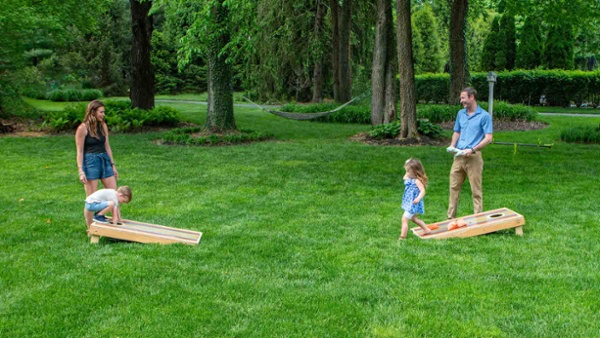 To better understand, you should know that lawns are living things made up of millions of microorganisms beneath the surface. As part of that, fungal spores already exist on every lawn…and are usually beneficial to your lawn’s soil health.
To better understand, you should know that lawns are living things made up of millions of microorganisms beneath the surface. As part of that, fungal spores already exist on every lawn…and are usually beneficial to your lawn’s soil health.
But when there are hot temperatures and high moisture, spores can multiply and start to pose problems. If these fungal spores begin to take over, they can spread and cause trouble for your lawn.
Some of the most common grass diseases in Louisville, KY include Brown Patch, Dollar Spot, and Red Thread.
Here are some potential lawn disease signs that you should watch for, which many indicate a problem.
Discoloration is the most obvious sign of a potential lawn fungus.
If your lawn has areas of discoloration or full-blown brown spots, this is a potential indicator that you are dealing with a grass disease. The three common lawn fungi that we mentioned above (Brown Patch, Dollar Spot, and Red Thread) all cause discoloration, though they appear in different ways.
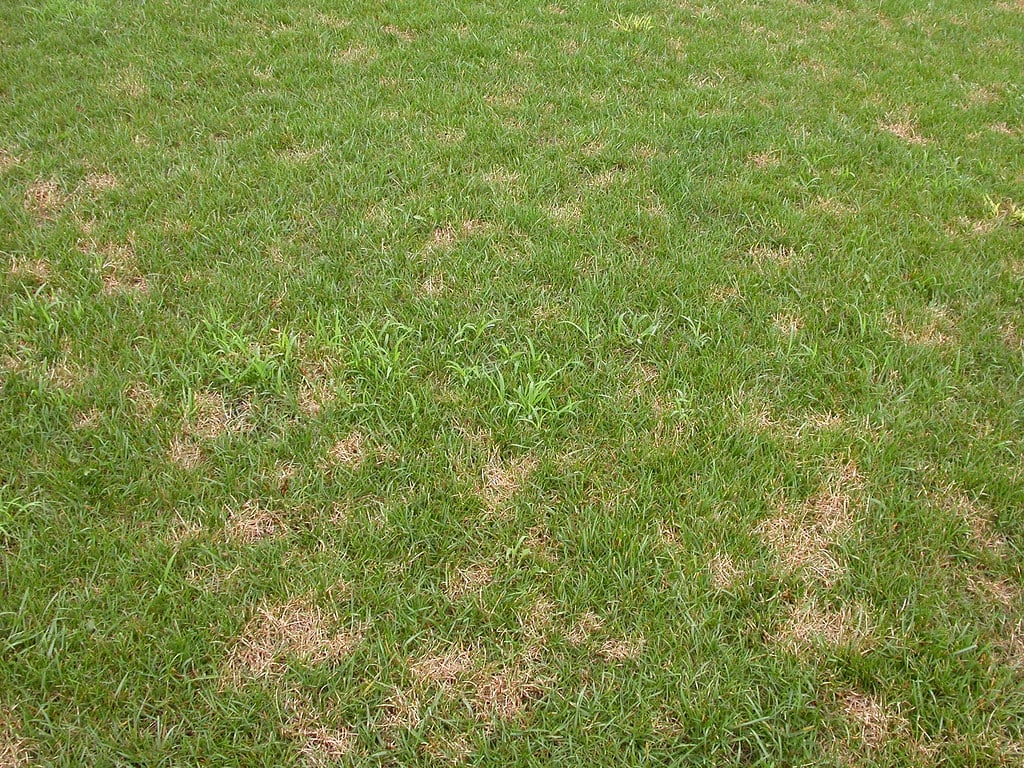
Red Thread has grass that appears yellow or brown with reddish or pink string-like growth.
Brown Patch, as the name implies, will show up as patches of brown discoloration throughout the lawn.
Dollar Spot is characterized by patches of yellowish discoloration about the size of a silver dollar.
While brown patches and other discoloration can definitely be lawn disease signs it’s important to note that disease is not the only potential culprit. Drought stress and pest problems are two other issues that can cause discoloration.
Ultimately, it’s important to have a professional diagnose what might be going on with your lawn.
In addition to discoloration, grass diseases also sometimes cause growths that look like a slimy film or sometimes a powdery substance, depending upon what disease you’re dealing with.
As we mentioned, Red Thread often looks like your lawn has pinkish or reddish strings (or “threads”) growing in it.
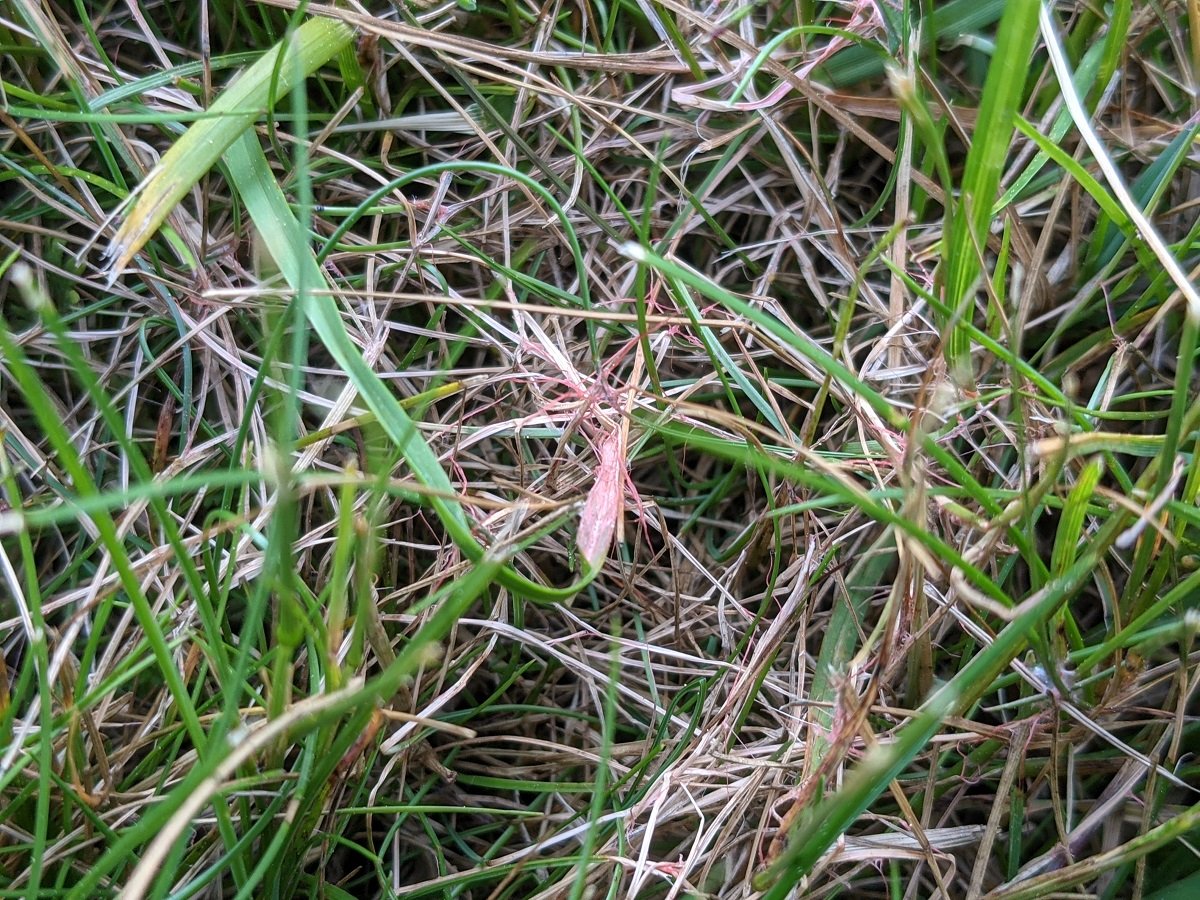
Any sort of growth that might be covering the lawn is likely to be a type of lawn fungus and requires proper identification.
Diseases of grass can also eventually lead to turf death. Over time, lawn fungus can eventually kill the grass making those areas of discoloration bare. Bare spots are obviously a major frustration that you don’t want to deal with. Weeds love bare spots and will quickly creep into these areas (where they don’t have to compete with healthy turf).
While even healthy lawns are sometimes plagued with bare spots, the goal is to have as thick and healthy a turf as possible.
This is a key reason why early identification is important.
The earlier that you can identify that you have a grass disease, the quicker you can do something about it. Stopping lawn fungus from growing and spreading will help to keep your problem in check. Typically, when stopped early, you can avoid serious problems. Any areas of bare spots can be filled in with power seeding.
Of course, just like discoloration, keep in mind that bare spots are not only caused by lawn disease. Bare spots could also be the result of a grass-eating pest, drought, or other potential issues.
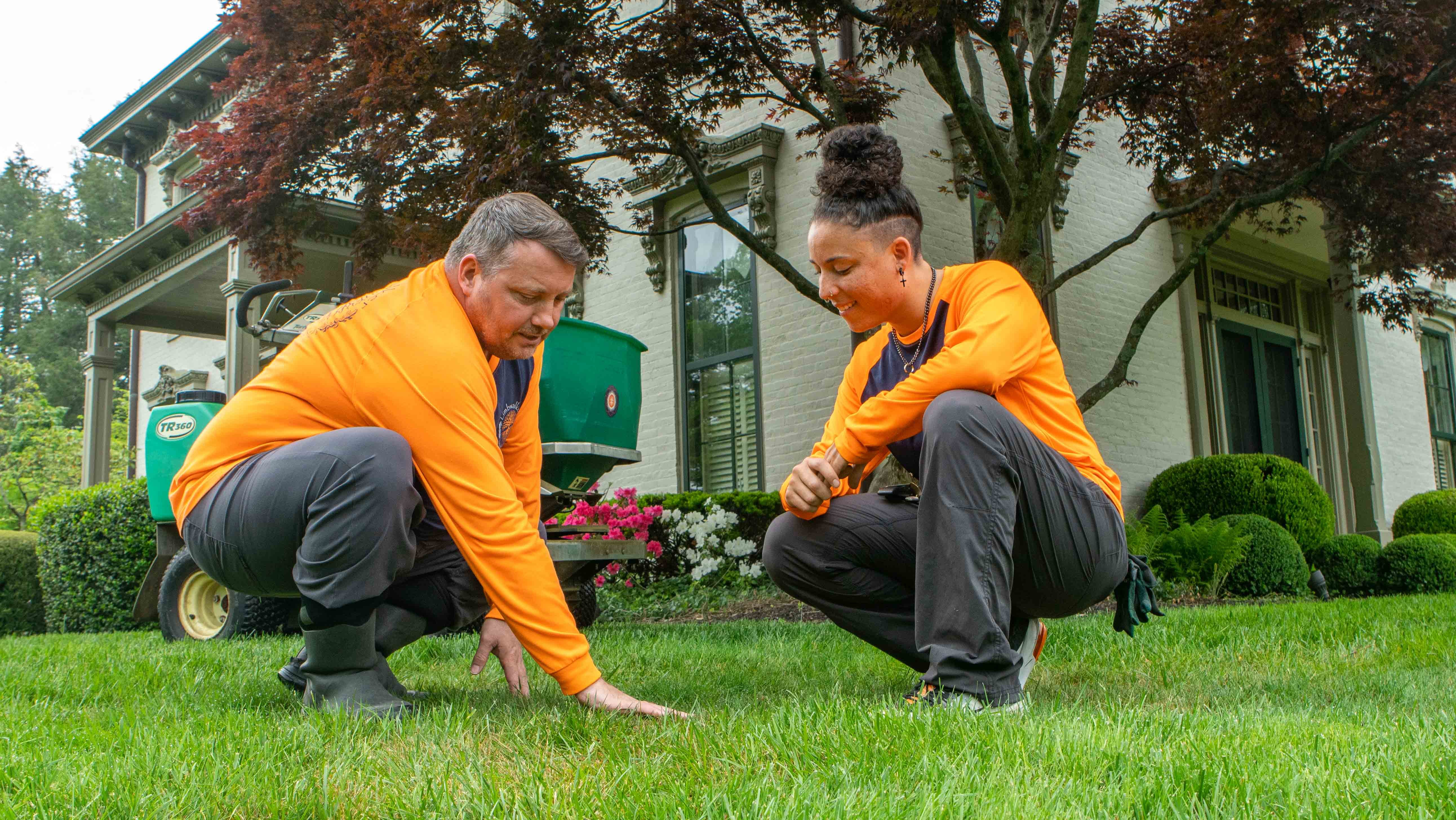
The first step in dealing with a grass disease is identifying which one you’re dealing with. Although many of the symptoms overlap, a lawn care professional will be able to distinguish one grass disease from another (or tell you if you’re dealing with something else entirely).
Then, it’s time to put a plan in action.
For Limbwalker customers who have our Gold or Platinum lawn care package, lawn fungus treatments are already included. That means that if you have one of these programs and your lawn starts dealing with a disease, those treatments are already covered.
For clients who have our Silver program, that service can be added in (or you can upgrade to a higher level program). The goal of professional fungicide applications is to stop lawn fungus from spreading. Then, we can begin to address the damage that was done with a service like power seeding.
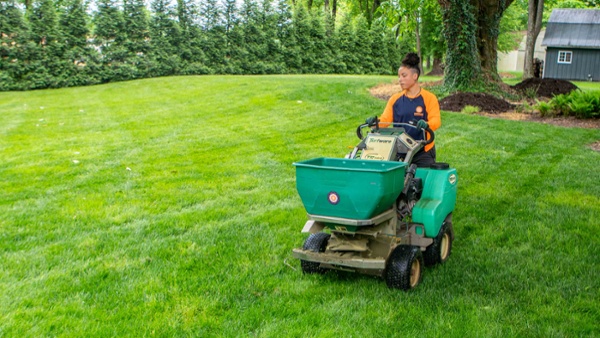
It’s important to mention that some of the cultural habits that you keep will have an impact on grass health (and therefore, how it fares in the face of a problem).
While you cannot completely prevent disease (and even healthy lawns do deal with it from time to time), you can still set your lawn up for success by maintaining its health.
A healthier lawn will have a better chance of standing up to grass disease than one which is already struggling.
Two of the most important tasks that you can ensure are done properly are watering and mowing.
For instance, raising your mowing deck to 4” can make a huge difference. When you cut your lawn too short, you put it under a tremendous amount of stress. When this occurs, a lawn disease is going to have a much better chance of spreading.

In addition, proper watering habits are also important. We already have hot and humid weather here and evening rain showers can create a situation where fungal diseases incubate and thrive. You could make that problem worse by watering at night.
The best time to water the lawn is in the early morning so that the lawn can take in what it needs but there is still ample time for excess water to be evaporated.
At Limbwalker, we are here to be a partner in your success. We know that you want a healthy and thriving lawn and that you don’t want to worry about problems like grass diseases holding you back.
That’s why we’re here to help.
In addition to having the right lawn disease treatments ready-to-go if they’re needed, we’re also keeping a watchful eye on your property. By spotting problems as early as possible, it is our goal to prevent more serious damage.
That should leave you with valuable peace of mind.
We understand that a lawn can be a lot of work—but the burden doesn’t have to be on you. A professional can help you get your lawn problems back under control.
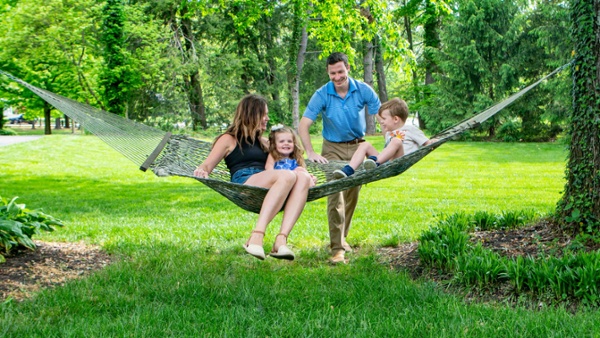
Are you ready to have a thick and healthy lawn that’s getting everything it needs at your Louisville, KY home? Get in touch with us to get a quote for our lawn care programs, which include three lawn care pricing options.


